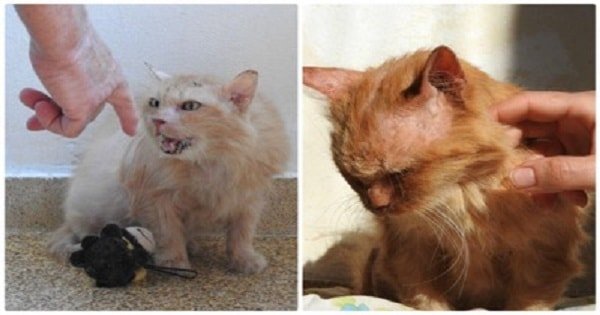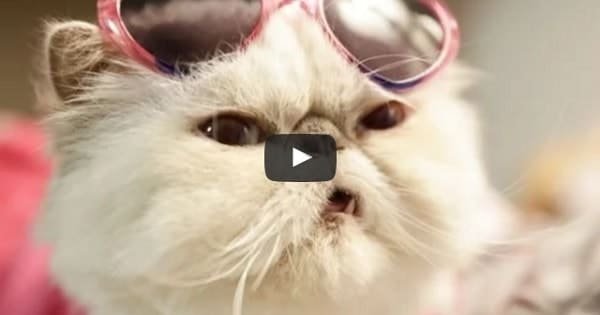OREGON - If you’ve ever been licked by your cat, then you already know the rough feeling of the feline’s tongue. It was long thought this helped the animal to groom itself, however, researchers have now discovered exactly how this mechanism works – by 3D printing a tongue made of plastic.
The research found that cat tongues have tiny, sharp “spines” on the surface to help the animals brush their own fur. In particular, these hooks grab and pull, almost like Velcro, making them perfectly suited to grooming a cat’s coat.
In addition to confirming a long-standing theory, the findings might be used in soft robotics as researchers are struggling to find ways for soft materials to grip surfaces.
The study was carried done by a doctoral candidate in mechanical engineering at Georgia Tech, named Alexis Noel. “When the cat’s tongue hits a snag, it pulls on the hooks, which rotate to penetrate the snag even further,”Noel said. “Like a heat-seeking missile for snags, the hook’s mobility allows the cat to better tease tangles apart.”
After helping to disentangle her own cat’s tongue from a thick blanket it was licking, Noel was inspired to better explore the odd “spines” she noticed on her cat’s tongue.
Along with her colleagues at Georgia Tech, Noel used macro- and high-speed video equipment to observe a cat tongue during grooming. This allowed all of them to zoom in and observe the unique shape and flexibility of the tongue spines. Though the spines function much like a hairbrush, they are more flexible and lie flat against the surface of the tongue when not in use.
“In terms of shape and sharpness, it reminds me of cat claws. And this opens yet another question of why all claws are shaped so similarly,” Noel stated.
The team then 3D-printed a “cat tongue” at 400 per cent scale to help them explore this even further. This revealed that both the cat tongue and the mimic were both very good at cleaning and removing tangles in fur samples. “We also discovered that the cat tongue is self-cleaning so it’s easy to remove the hair beneath the spines by simply brushing the tongue from tip to end.”
Noel now has new plans to study the tongues of larger cats including tigers and lions to understand how tongue spines scale across the rest of the cat family. “The flexibility of cats’ tongue spines might just have broad-reaching applications from an easy-to-clean hairbrush to wound cleaning within the medical field,” stated Noel.
The findings may also be used to develop a new hairbrush for human grooming. “We’ve already submitted a technology disclosure form and intend to file a patent within the next year,” stated Noel.
Noel presented the research right at the 69th Annual Meeting of the American Physical Society’s Division of Fluid Dynamics (DFD), being held November 22-23, in Portland, Oregon.






